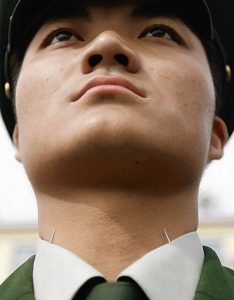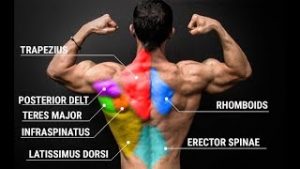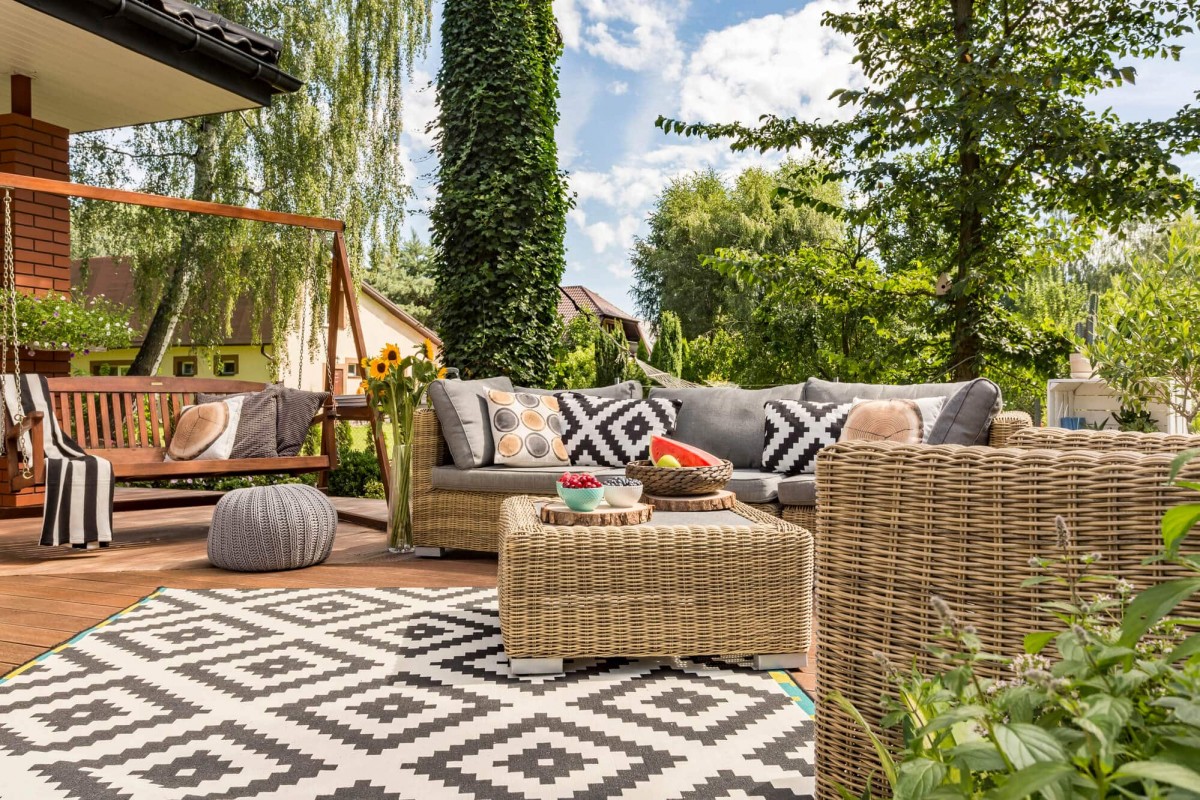Sharp Pin For Posture:
Are Chinese soldiers really placing a needle or pin in their uniform collar with the point facing the neck?
Yes.
China trains their paramilitary police with a gruelling technique that’s a pain in the neck, literally.
To get them to stand up straight they are made to wear crosses on their backs
But they are also forced to stick pins facing straight upward through their collars,
so that if their posture slips, they’ll be jabbed in the throat.

A 2009 article said this is a corrective measure only imposed on soldiers who have trouble maintaining the proper posture.
How do Chinese soldiers keep their posture when they are in battle?
The key to good posture is controlling the forces of gravity.
Since an army consists of hundreds or even thousands of soldiers.
It is important that each soldier maintains a straight back.
Maintain a level head so that each soldier is evenly distributed.
Does not end up with one leg higher or lower than the other.
There are several methods that you can use to help you gain the appropriate muscle strength.
But the most effective way to gain the necessary core strength is to perform the technique slowly and efficiently by using Sharp pin-
1)utilizing both large and small stabilizer muscles
2)both in and out of the press stance.
The Use Of Rope Around Soldiers Legs:
When one considers that in times of war the ability of the Chinese soldiers Sharp pin
to move from one location to another in an emergency has been imperative. This is why it was necessary to teach them how to tie a rope around their legs.
The tying of rope around the legs is a vital skill that military men learned long before any battles were ever fought.
The tying of rope around soldiers legs teach how to walk in a proper posture,
measure steps and taught how to walk and move in a straight line.
Benefits Of The Chin-Up’s Using Right Techniques:
Chin-ups can help improve grip strength, posture and appearance, while also helping to strengthen muscles that stabilize the spine. This, in turn, can help reduce one’s risk of back pain and injury.
Even if a client is only able to do one or two chin-ups at a time, this exercise offers tremendous benefits, especially for the back, shoulders, forearms and biceps.
The only equipment needed to perform a proper chin-up is a solid, stationary horizontal bar.
The purpose of the chin-up is to use the upper back and arm muscles to lift the body from a stationary hanging position—the focus is on developing strength with the minimal use of momentum.
Other variations of the pull-up using momentum have recently been made popular by high-intensity conditioning programs, but for developing serious upper-body pulling strength, nothing beats performing chin-ups from a non-moving position.
Major Muscles Involved
The primary muscles involved in the chin-up are the biceps, brachialis, brachioradialis, latissimus dorsi, teres major, posterior deltoid and the deep spinal stabilizer.
Including the transverse abdominis, lumbar multifidus and thoracolumbar fascia.

Benefits:
Sitting all day at a desk using a computer or banging out texts while hunched over a mobile phone places the shoulders in an internally rotated position.
Therefore, any exercise that helps increase the strength of the external rotators of the shoulder can help improve posture and reduce the chance of developing upper-back soreness.
The pull-up uses a pronated (palms-down) grip, which places the shoulders in an internally rotated position, while causing the radius and ulna bones to cross over one another.
While pull-ups offer many benefits, doing too many repetitions places a lot of torque on the elbow joints, which can be a possible cause of soreness in the forearms and elbows.
Step-by-step how-to
- Place a bench or jump box under a pull-up bar and step up to the top of the box.
- Reach up and grab the bar with both hands, using a palms-up grip.
- Keep the spine long, lift the chest and brace the abdominals to help create stability throughout the entire trunk, which helps to pull the body up to the bar.
- Think about lifting the chest to the bar by pulling the elbows past the rib cage.
- This cue is helpful because the lats and teres major muscles of the back attach to the humerus bones, which makes the upper arms the primary emphasis.
- At the top, pause briefly before slowly lowering back to the starting position. Do not simply drop back down—going slowly keeps the muscles under tension longer, which helps develop strength and definition.











